Vape products have become increasingly popular in recent years, offering an alternative to traditional smoking. However, the rise in their usage has raised concerns about safety, especially in terms of packaging. Safe packaging for vape products is crucial to protect both consumers and the environment. In this article, we’ll explore the importance of safe packaging for vape products and discuss the key considerations for manufacturers and consumers.
1. Child-Resistant Packaging
One of the most critical aspects of safe vape product packaging is child-resistant design. Vape products often contain nicotine, which is a highly toxic substance. To prevent accidental ingestion by children, packaging must meet strict child-resistant standards. Child-resistant caps and packaging are designed to be difficult for young children to open while remaining accessible to adults. This helps reduce the risk of accidental exposure and ingestion, ensuring the safety of young ones.
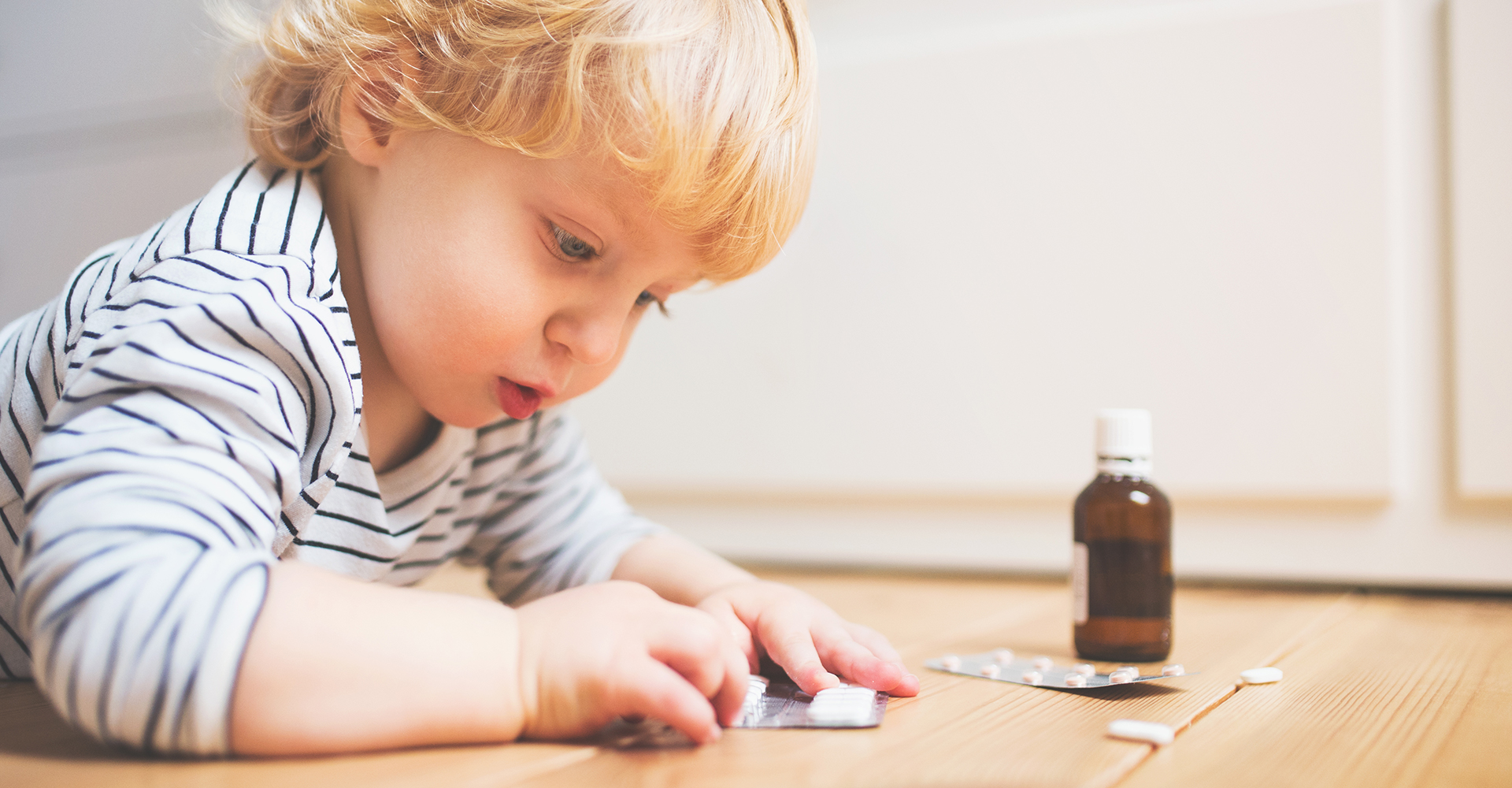
2. Tamper-Evident Seals
Tamper-evident seals are essential for ensuring the integrity of vape product packaging. These seals provide clear visual evidence if the packaging has been tampered with, making it easy for consumers to identify whether a product is safe for use. Tamper-evident seals help protect consumers from potentially harmful alterations to the product, such as contamination or dilution.
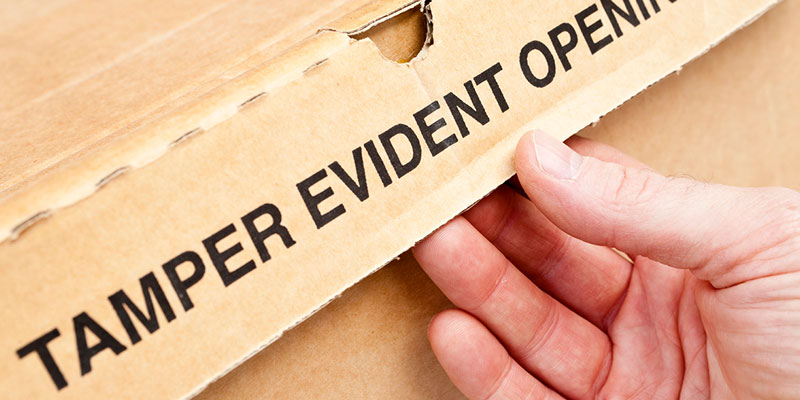
3. Protective Materials
The materials used for packaging vape products must be carefully selected to ensure safety. Vape liquids, for example, should be stored in leak-proof, airtight containers to prevent spills and maintain product quality. Glass or plastic containers should be durable, and labels should be made from materials that won’t deteriorate when exposed to the liquid.
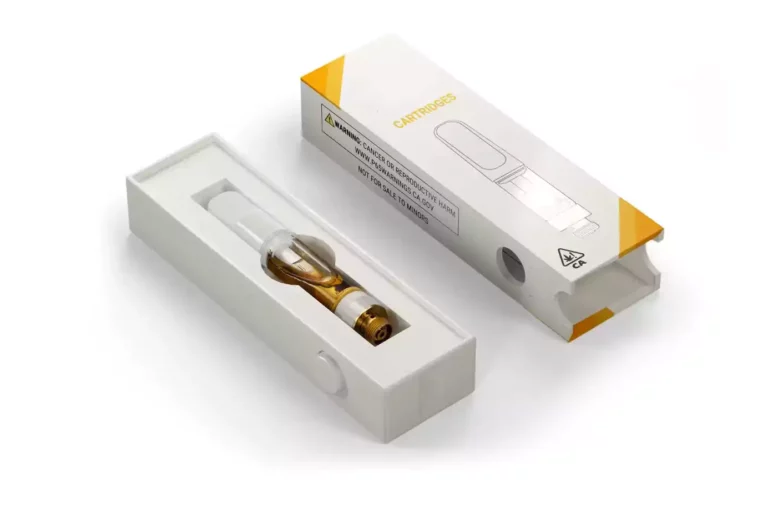
4. Clear Labeling
Clear and informative labeling is essential for safe packaging. Vape product labels should include the following information:
Nicotine content: Clearly state the nicotine concentration in milligrams per milliliter (mg/ml).
Ingredients: List all the ingredients used in the product to inform consumers of what they are inhaling.
Health warnings: Include warnings about the health risks associated with nicotine consumption and the dangers of vaping for non-smokers and young individuals.
Usage instructions: Provide clear instructions for safe product use.
Manufacturer information: Include the name and contact information of the manufacturer for transparency and accountability.
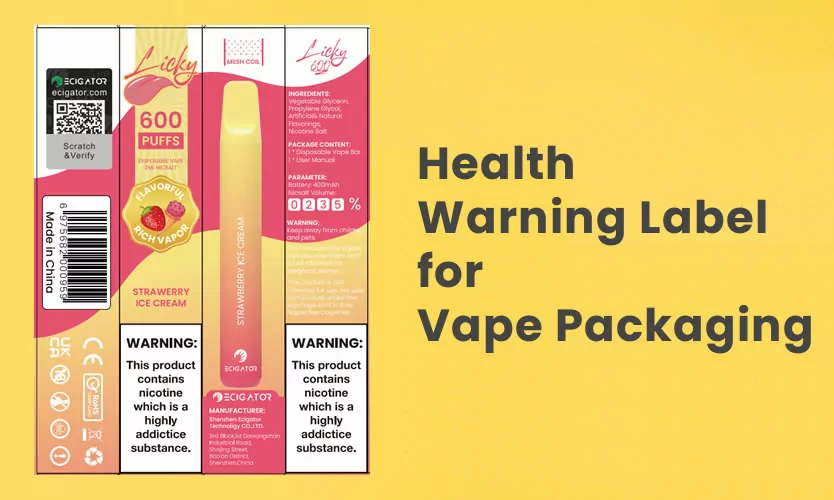
5. Proper Storage
Safe packaging doesn’t end at the point of purchase. Consumers must also be responsible for proper storage of vape products. Store them out of reach of children, in a cool, dry place, away from direct sunlight. By following proper storage guidelines, consumers can ensure that the product remains safe for use.

6. Disposal
The safety considerations for vape product packaging extend to disposal. Vape products should be disposed of responsibly, especially in the case of empty or used containers. Most vape product containers are recyclable, but they should be cleaned and separated from any electronic components or batteries before recycling.
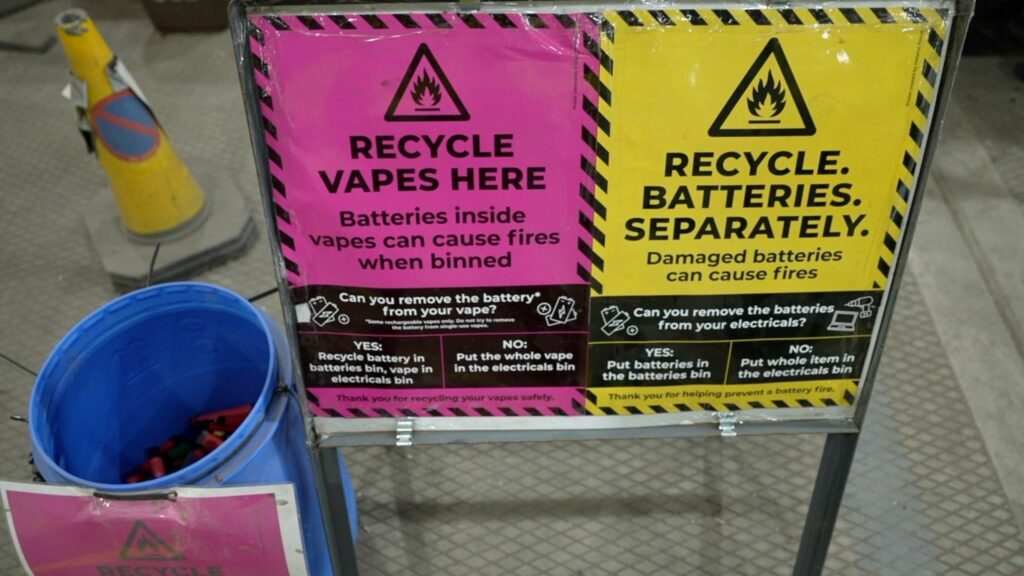
7. Environmentally Friendly Packaging
In addition to safety for consumers, vape product manufacturers should also consider the environmental impact of their packaging. Using environmentally friendly materials, such as recyclable plastics or biodegradable options, can help reduce the environmental footprint of the industry.
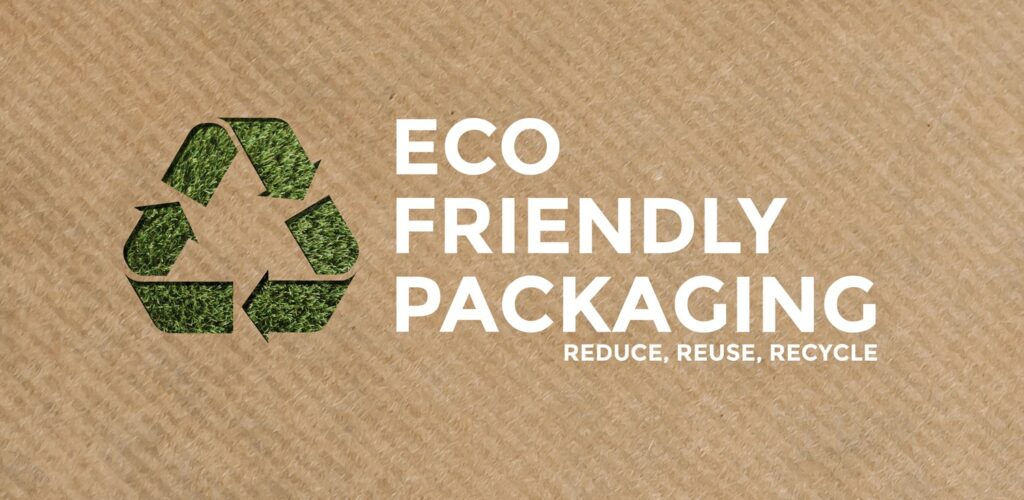
Safe packaging for vape products is a critical component of responsible manufacturing and consumption. Manufacturers must prioritize child-resistant design, tamper-evident seals, protective materials, and clear labeling to protect consumers and maintain product integrity. Consumers, on the other hand, should follow storage and disposal guidelines to ensure the safety of these products. With these measures in place, the vape industry can continue to grow while safeguarding the health and well-being of its users.
